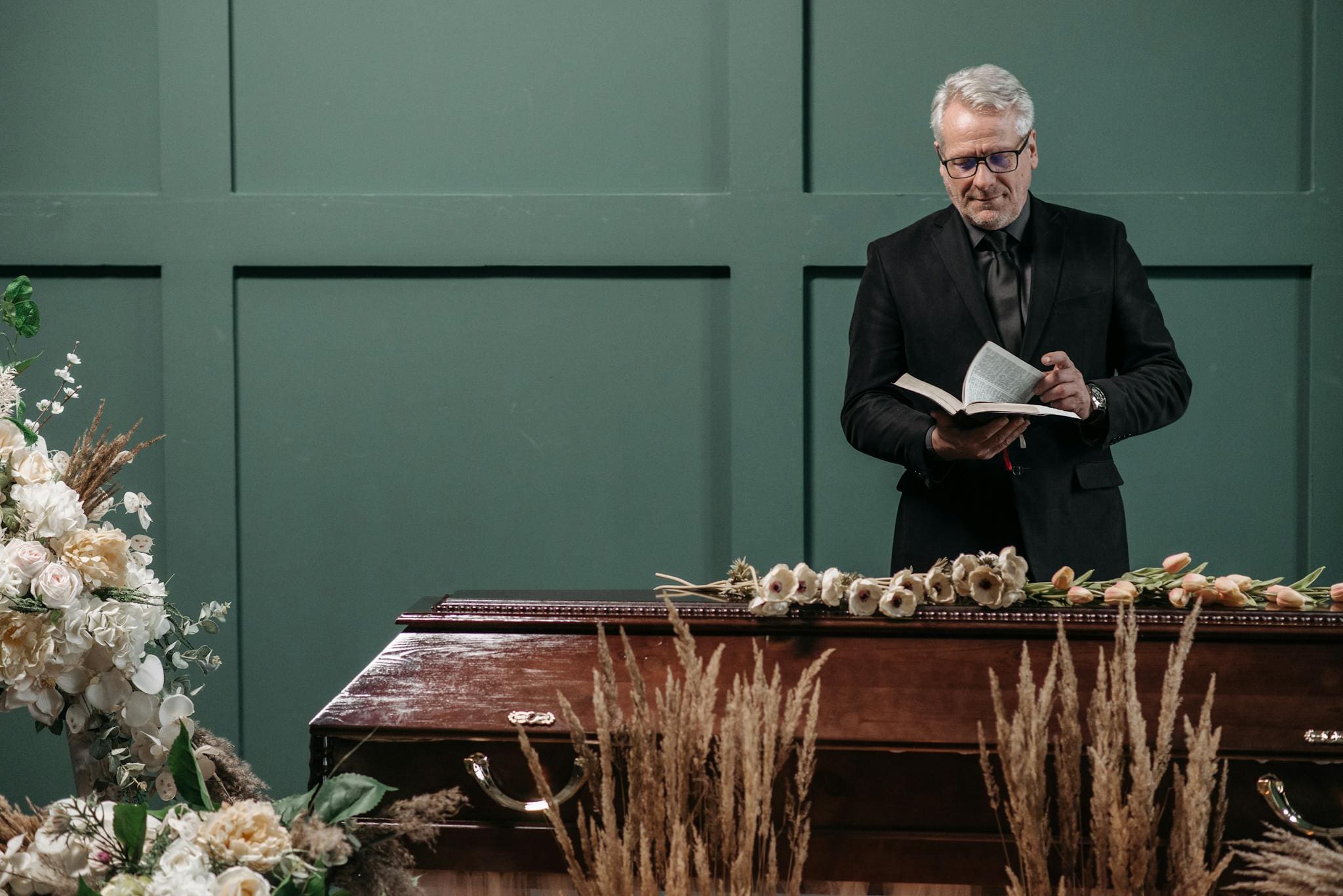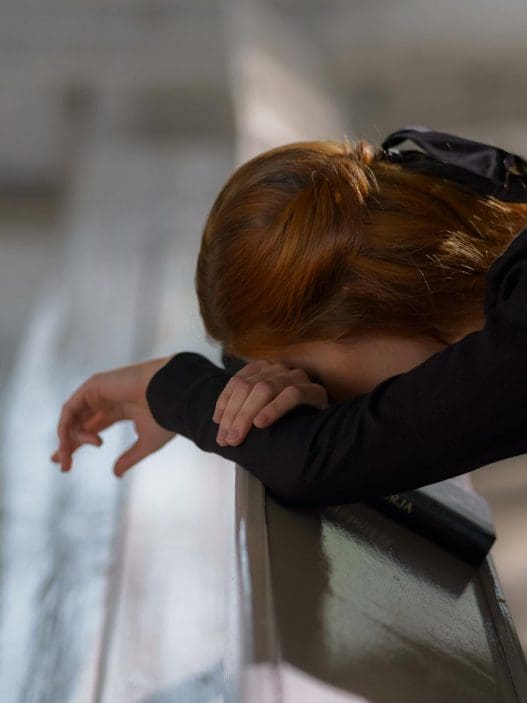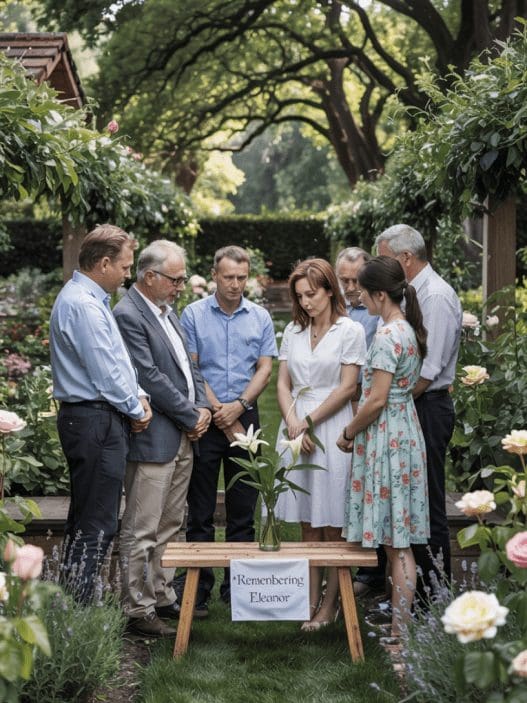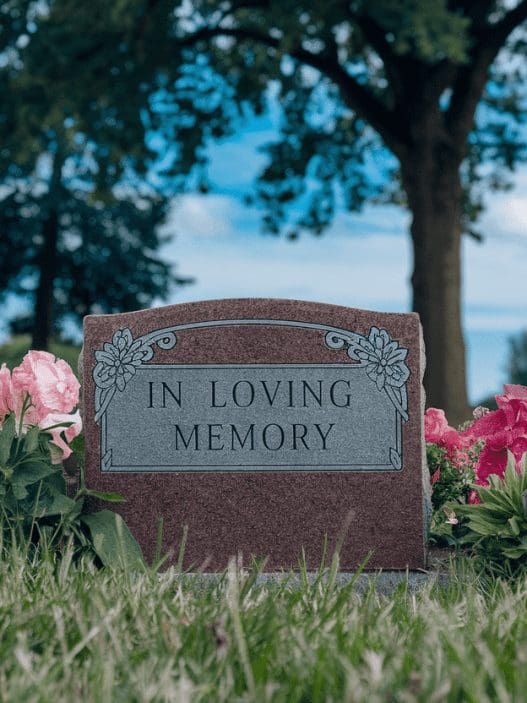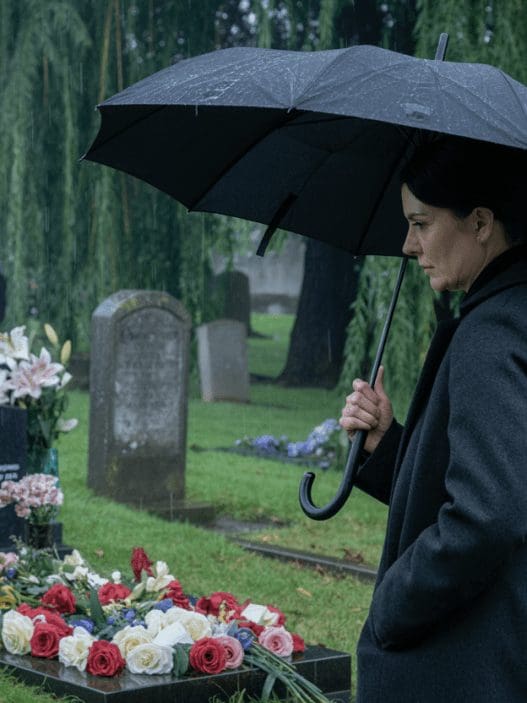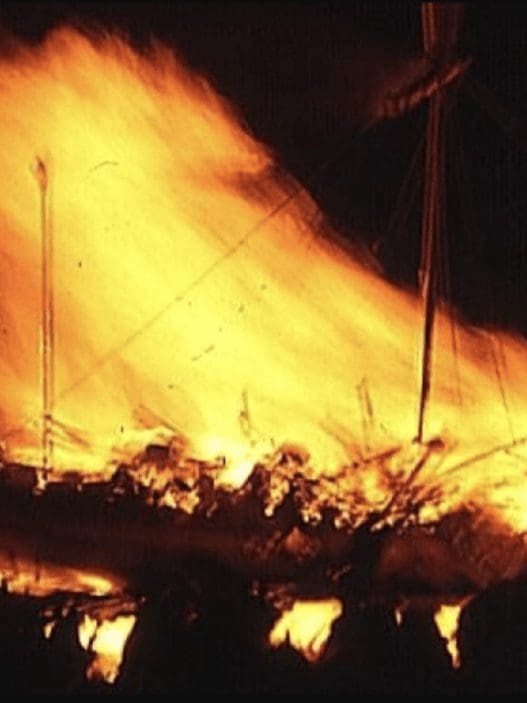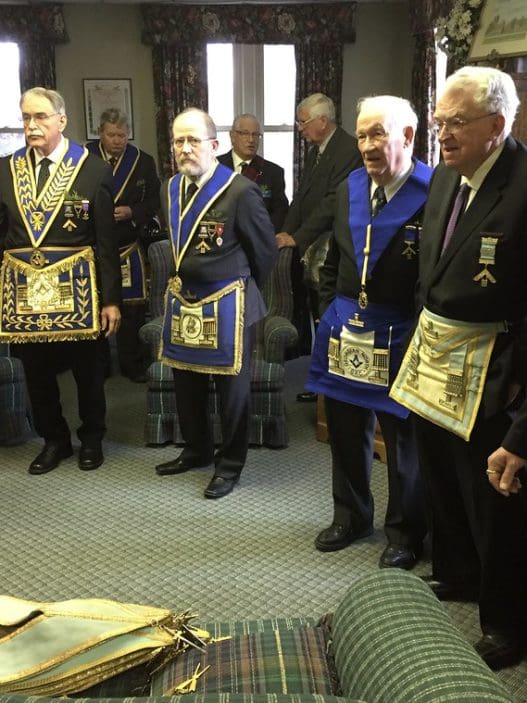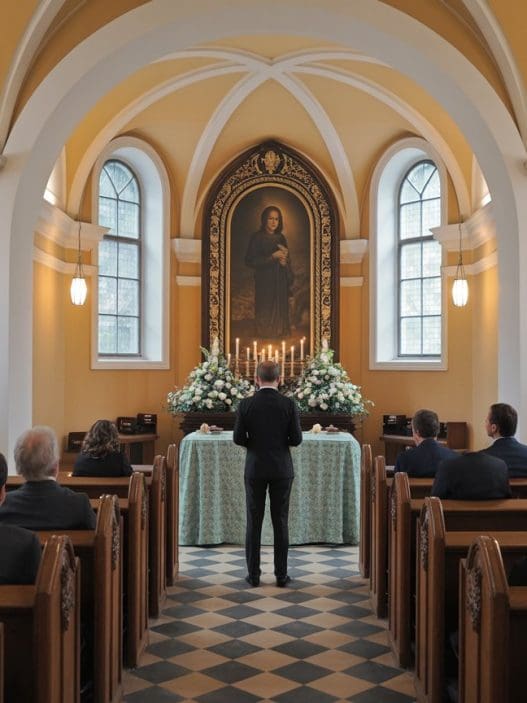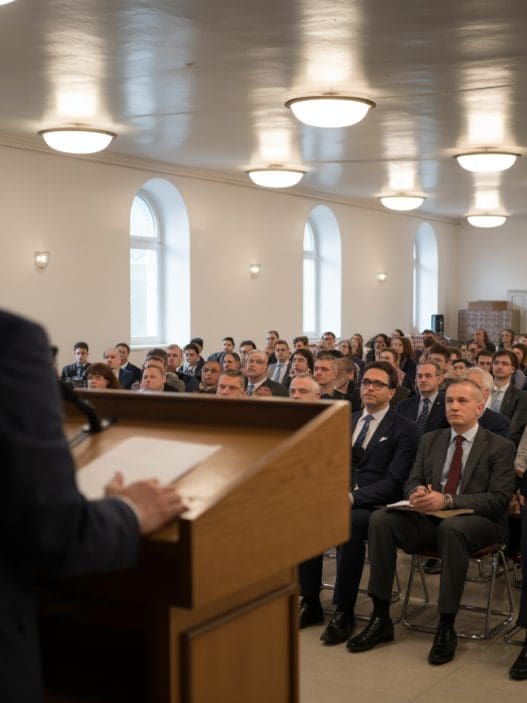In times of loss, it is important to recognize and understand the various customs and ceremonies that play a role in honoring the deceased and supporting the grieving process. Three terms that frequently surface during this time are wake, viewing, and funeral. While these events may seem similar, each holds distinct significance, and understanding these differences can help both in planning and participating in a loved one’s final farewell. This article offers a comprehensive exploration of these terms, their historical backgrounds, cultural contexts, and their roles in the modern world of memorials and remembrance.
“Life isn’t about waiting for the storm to pass; it’s about learning to dance in the rain and finding joy in the midst of life’s challenges.”
Vivian Greene
Table of Contents
What is a wake?
What is a viewing?
What is a funeral?
Key Differences Between a Wake, Viewing, and Funeral
Planning the Right Ceremony for Your Loved One
Customizing Memorial Ceremonies for Modern Times
What is a Wake?
A wake is one of the earliest ceremonies that can take place following a death. Traditionally, it is a gathering of friends, family, and community members to pay their respects to the deceased in a more informal setting than a funeral.
Historically, wakes were closely associated with religious vigils and were often held in the home of the deceased. The purpose was to stay with the body, sometimes over several days, to offer prayers and ensure the soul’s safe passage to the afterlife.
The Evolution of Wakes
While the original religious undertones of a wake have become less prominent in many cultures, the basic principles remain the same: it is a time for gathering, reflection, and remembrance.
Today, wakes can vary widely depending on cultural and religious customs. For some, the wake may still take place in the home of the deceased, while others may opt for a funeral home or another venue such as a pub or a restaurant.
Key Aspects of a Wake:
- Timing: Wakes traditionally were held the evening before or of the funeral or memorial service. However, in recent years it is common for a wake to be held the evening of the funeral and is often seen as the last celebration for the deceased with lots of music, conversation and food.
- Atmosphere: Wakes tend to be more relaxed and informal than funerals. They provide a space where guests can share memories, stories, and reflections about the deceased in a setting that encourages conversation and emotional support.
- Cultural Variations: The concept of the wake varies by culture. In Irish tradition, for instance, wakes are often festive, with food, drink, and music, celebrating the life of the deceased rather than focusing solely on mourning. In other cultures, wakes may be more somber, with quiet reflection and prayer.
The Role of Religion in Wakes
In religious contexts, particularly within Catholicism, the wake serves as a time for prayer and reflection.
Family and friends may gather to recite the Rosary or participate in other prayers for the soul of the deceased.
In Jewish tradition, there is no specific ‘wake’ per se, but a gathering known as Shiva occurs following the burial, where family and friends come together to offer condolences and comfort the grieving family.
In some Protestant Christian traditions, the wake might simply be referred to as a visitation, with a similar focus on gathering, prayer, and support for the family.
What is a Viewing?
A viewing, also known as a visitation, is an event that is primarily focused on giving mourners the opportunity to see the deceased one last time. A viewing may also be known as a “removal.”
This is often a more intimate gathering than a wake, offering family members and close friends a chance to pay their final respects.
Unlike a wake, which is centered around communal remembrance, the viewing is a more personal, somber and private occasion.
Key Characteristics of a Viewing
- Presentation of the Deceased: The body of the deceased is often presented in a casket, sometimes with an open lid, allowing mourners to say their final goodbyes. The body may be dressed in formal attire, and personal items or flowers are often placed around the casket.
- Setting: Viewings typically take place in a funeral home, although they can also occur in a place of worship or even the home of the deceased if the family prefers.
- Atmosphere: The atmosphere at a viewing, or a removal, is often somber and quiet. It is common in some religions for people to view the body of the deceased and then shake the hands of the family members to offer your condolences.
- Religious Considerations: For some, viewing the body serves as an important religious or spiritual step in coming to terms with the death. It is a time for reflection and prayer, and for many, seeing the deceased one last time provides closure.
Psychological Importance of Viewings
The psychological impact of a viewing should not be underestimated. Many psychologists and grief counselors believe that viewing the body of a loved one is an important step in the grieving process. It allows mourners to face the reality of the death, which can be a crucial step in moving through grief. For some, the experience of seeing the deceased at rest can offer comfort, while for others, it may help to provide a sense of finality that words alone cannot achieve.
Alternatives to a Traditional Viewing
In some cases, families may choose not to have a traditional viewing, either for personal, cultural, or religious reasons. Some may opt for a closed-casket viewing, where the casket is present but remains closed. In other cases, families might choose a more creative approach, such as displaying photographs or video montages of the deceased’s life. These alternatives still provide a space for reflection but focus more on celebrating the life of the individual than on their physical presence in death.
What is a Funeral?
A funeral is a formal ceremony held to honor the life of the deceased. It is typically more structured than a wake or viewing and often includes religious or cultural rituals that provide comfort and meaning to those in attendance.
Funerals are widely recognized as an essential part of the grieving process, offering a chance for loved ones to come together, share in their loss, and say their final goodbyes.
The Structure of a Funeral
Funerals can vary greatly depending on cultural, religious, and personal preferences, but they often follow a similar structure. A typical funeral might include the following components:
- Opening Prayers or Readings: If the funeral is religious, it will often begin with prayers, hymns, or scriptural readings relevant to the faith of the deceased.
- Eulogy: A eulogy is a speech given by a close friend or family member, reflecting on the life of the deceased. It is a chance to share stories, memories, and personal reflections, providing a more personal touch to the ceremony.
- Music: Music is an important part of many funeral ceremonies, whether it’s traditional hymns, religious songs, or favorite tunes of the deceased.
- Funeral Sermon or Address: In religious services, a minister, priest, rabbi, or other spiritual leader may offer a sermon or address, focusing on themes of death, life, and the afterlife according to the faith’s teachings.
- Committal: At the end of the service, the body is committed to its final resting place. In Christian traditions, this may involve a graveside service where the casket is lowered into the ground, while in other traditions, the committal may take place at a crematorium.
Religious and Cultural Variations in Funerals
As with wakes and viewings, funerals differ widely based on religious and cultural backgrounds. Some of the key differences include:
- Catholic Funerals: These often include a full Mass, called a Requiem Mass, which features prayers for the deceased’s soul. A Catholic funeral may also include the rite of committal, which occurs at the graveside, as well as blessings and the sprinkling of holy water.
- Protestant Funerals: Protestant services may include hymns, scripture readings, and a sermon, often focusing on celebrating the life of the deceased. They are generally shorter than Catholic services and may not include a full liturgy or Mass.
- Jewish Funerals: Jewish funerals are typically simple and take place soon after death, in keeping with religious traditions that emphasize humility and the return of the body to the earth. Cremation is traditionally not allowed, and the body is buried in a plain wooden coffin. A rabbi may offer prayers and psalms at the graveside, and mourners often participate in the burial by shoveling earth onto the casket.
- Islamic Funerals: In Islam, it is essential to bury the deceased as soon as possible. The body is washed, shrouded in white cloth, and placed in the ground facing Mecca. A brief funeral prayer (Salat al-Janazah) is offered, and the burial follows, often with family members lowering the body into the grave themselves.
The Role of Funerals in Grieving
Funerals play an important role in the grieving process. They offer a space for communal mourning, where family and friends can come together to honor the life of the deceased and offer support to one another. This gathering of the community can be a significant comfort for those who are struggling with their loss, reminding them that they are not alone in their grief.
In addition to their communal aspects, funerals also provide a structured way to say goodbye to the deceased. The formal nature of a funeral, with its prayers, rituals, and speeches, gives mourners a clear path to follow as they confront their emotions. For many, the funeral is a time to begin finding closure, knowing that their loved one has been honored and laid to rest in a respectful manner.
Key Differences Between a Wake, Viewing, and Funeral
While wakes, viewings, and funerals all serve as important parts of the grieving process, it is important to understand the differences between them to ensure that each event is planned in a way that honors the deceased and provides comfort to those left behind. Below is a detailed comparison of the key differences between these ceremonies:
| Ceremony | Purpose | Atmosphere | Timing |
| Wake | Informal gathering to remember the deceased | Informal, community-focused | Evening before or evening of the funeral |
| Viewing | Personal goodbye to the deceased | Quiet, intimate | Day before or day of funeral |
| Funeral | Formal ceremony to honor the deceased | Formal, structured | Typically during the day |
Planning the Right Ceremony for Your Loved One
When planning a funeral or memorial service, it’s important to consider the wishes of the deceased, the cultural or religious traditions that were significant to them, and the needs of the family and community. Each of these ceremonies—wake, viewing, and funeral—serves a unique purpose, offering different opportunities for remembrance and closure.
Hosting All Three: The Complete Memorial Experience
For some families, hosting all three types of ceremonies—a wake, a viewing, and a funeral—offers the most comprehensive approach to saying goodbye. The wake provides an opportunity for informal gathering and storytelling, the viewing allows for a personal and intimate farewell, and the funeral serves as the formal culmination of the grieving process. This combination ensures that each mourner has the chance to grieve in their own way and at their own pace.
In other cases, families may choose to focus on one or two of these ceremonies, depending on their preferences and cultural practices. For instance, some may opt for a viewing and a funeral but forgo the wake, while others may hold a wake and a funeral without a formal viewing. There is no right or wrong way to honor a loved one’s life, and what matters most is that the arrangements reflect the values and wishes of both the deceased and their family.
Customizing Memorial Ceremonies for Modern Times
As society evolves, so too do the ways in which we commemorate the dead. While traditional wakes, viewings, and funerals remain common, modern families may also seek to personalize these events in unique and meaningful ways.
Virtual Wakes and Funerals
In the wake of the global pandemic, virtual wakes and funerals have become increasingly popular. These online ceremonies allow family and friends from around the world to participate in the grieving process, even if they cannot physically attend. Virtual memorials can include many of the same elements as in-person services, such as readings, prayers, eulogies, and music, all streamed via video conferencing platforms.
Eco-Friendly and Green Funerals
With growing environmental awareness, many families are opting for eco-friendly funerals, sometimes referred to as “green funerals.” These funerals aim to minimize the environmental impact by avoiding embalming fluids, choosing biodegradable caskets, or even conducting natural burials in which the body is returned to the earth without a traditional coffin.
Celebrations of Life
For families who wish to focus more on celebrating the life of the deceased than on the sorrow of death, celebrations of life offer an alternative to traditional funerals. These events may be less formal, often held in settings that were meaningful to the deceased, such as a park, beach, or even a family home. Instead of focusing on loss, these ceremonies highlight the achievements, passions, and joy that the deceased brought to their loved ones’ lives.
Conclusion
Wakes, viewings, and funerals all serve distinct and important roles in the grieving process. Each provides a different way to say goodbye to the deceased, offering opportunities for personal reflection, communal support, and formal tribute. By understanding the differences between these ceremonies, families can make informed decisions about how best to honor their loved ones, ensuring that their final farewell is as meaningful and respectful as possible.
Whether opting for a traditional service or a modern, personalized memorial, these ceremonies hold deep significance for the living, offering a path toward healing and closure in the face of loss.









